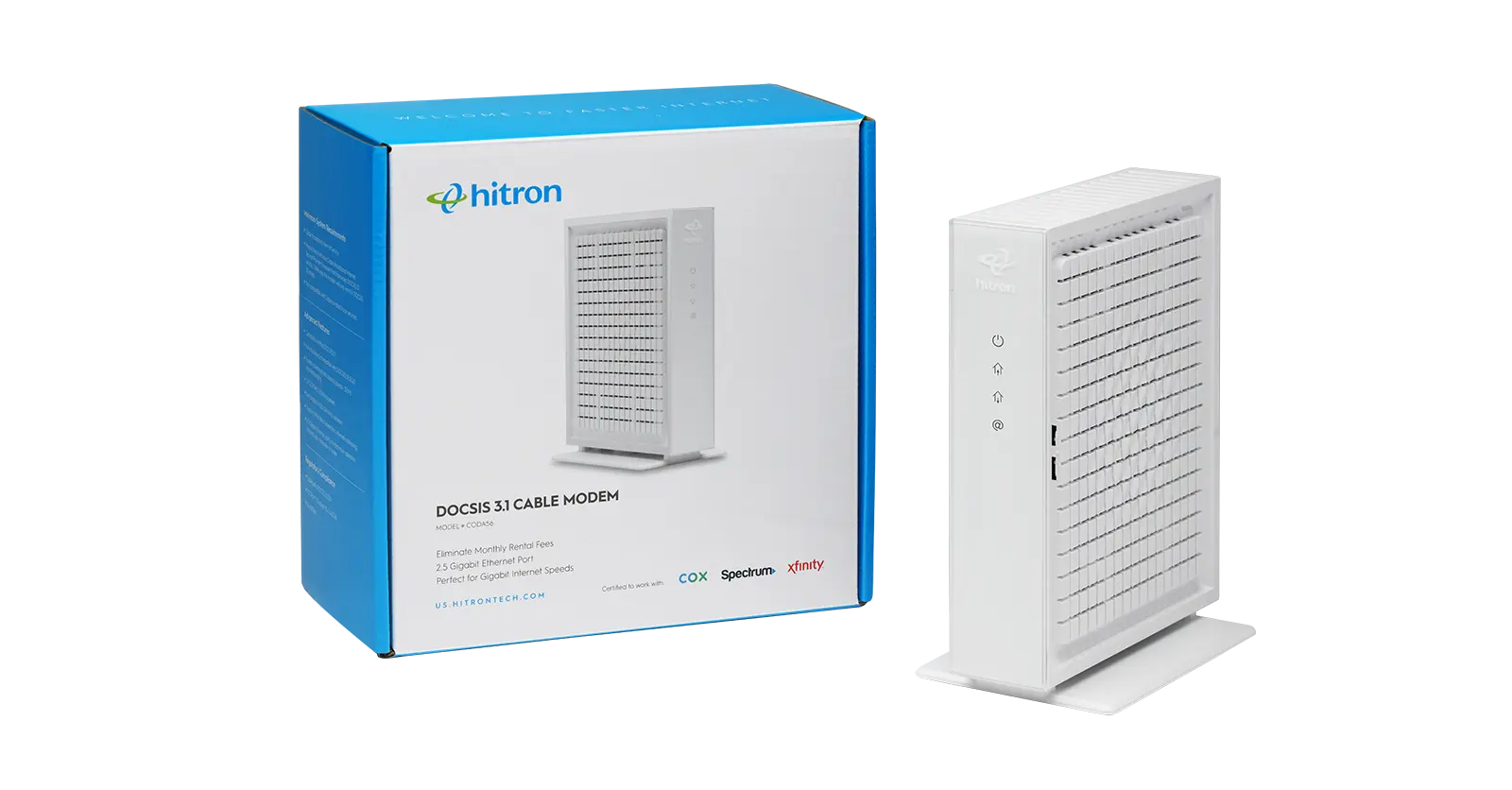A cable modem uses a coaxial cable to bring an Internet connection into your home. The job of a cable modem is to directly communicate with your Internet service provider (ISP) to make this happen. Because a cable modem uses a wired connection, it offers a reliable connection. When you pair your cable modem with a router (or use a cable modem router) you can get Wi-Fi in your home.
In previous articles we have discussed the must-haves when selecting a cable modem.
We’ve also explained the benefits of upstream and downstream channels and the difference between fixed and switchable frequencies.
In this article, we are exploring what OFDM and ODFMA means and the difference between them.
What is OFDM?
OFDM stands for orthogonal frequency division multiplexing. It is a form of multi-carrier modulation. What this means is that a cable modem that supports OFDM send and receive voice and data signals at the same time without having to be filtered.
Traditionally, data is sent over a radio frequency (RF) signal bit by bit over a single channel. This method is highly vulnerable to interference. OFDM avoids interference and makes it easier to receive data accurately while maintaining the same throughput by transmitting data parallelly across multiple carriers (or channels) within the OFDM signal. For example, Wi-Fi 5 used 52 data-carrying sub-carriers, while Wi-Fi 6 uses 234. These numerous split signals keep the same data rate as if it was the original signal even though it is split.
The key takeaway is the OFDM makes efficient use of the available spectrum by using multiple carriers for data signals and reduces interference. OFDM is a common technology used in high data rate wireless systems because it is so advantageous. But OFDMA is even better.
What is OFDMA and how is it different than OFDM?
OFDMA stands for orthogonal frequency division multiplexing access. It is an extension of OFDM. The difference is that OFDMA is multi-user where OFDM is single-user. It has 3x higher throughput than single-user OFDM for short packets of data or multiple endpoints. OFDMA combines transmissions and sends frames to multiple endpoints simultaneously. It is more efficient with lower latency transmission. This makes OFDMA ideal for things like IoT devices, video, online gaming, and automation applications.
Hitron’s CODA cable modem features DOCSIS 3.1 and OFDM and OFDMA and is available on Amazon. The CODA has DOCSIS 3.1 to deliver the fastest Multi-Gigabit speeds to your connected devices. Learn more about cable modems or cable modem routers by reading Hitron’s Learn Page.
